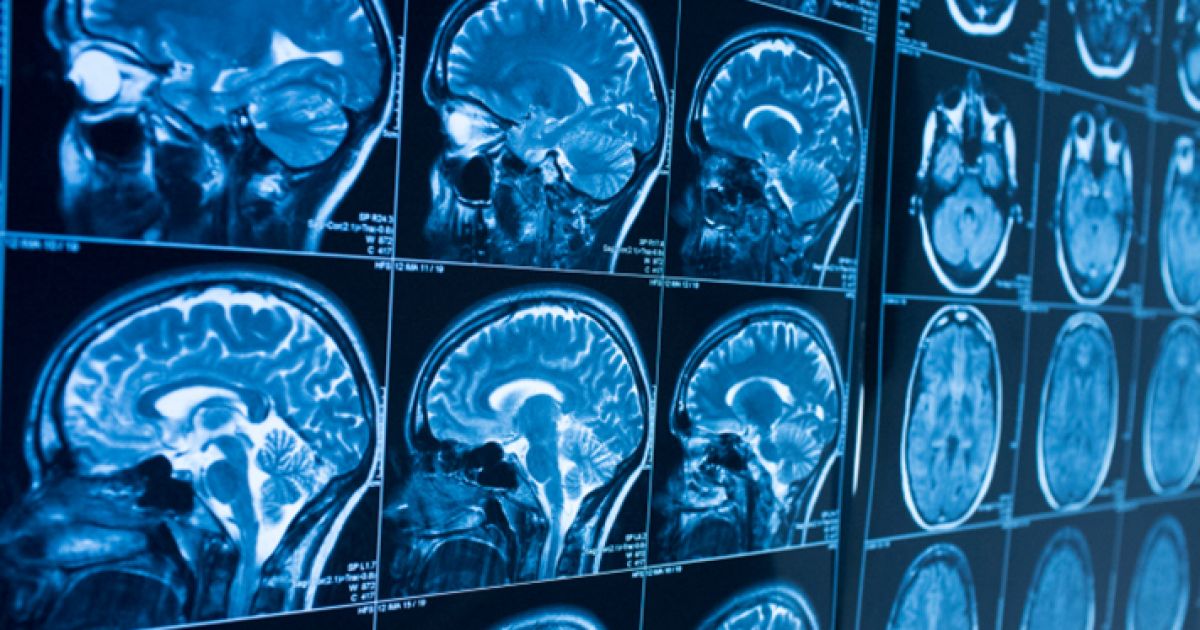Guide To The Types Of Multiple Sclerosis
Multiple sclerosis is a debilitating disease of the central nervous system that mainly affects the brain and spinal cord. The immune system of a multiple sclerosis patient attacks the myelin, which is the protective sheath surrounding nerve fibers. When the myelin sheath becomes damaged, the nerves are unable to communicate effectively between the brain and the rest of the body. The symptoms of multiple sclerosis differ for each patient and depend on the degree of nerve damage. Additionally, symptoms will differ depending on which nerves are affected. Some individuals with multiple sclerosis may go through long periods of remission with an absence of new symptoms while others may lose their ability to walk unassisted or at all. There is no known cure for multiple sclerosis, but treatment can change the course of the disease, manage symptoms, and speed up recovery from attacks.
Clinically Isolated Syndrome

Clinically isolated syndrome is characterized by a patient who has an initial attack of neurological symptoms that result from inflammation and subsequent demyelination in the central nervous system. This attack does not yet warrant the diagnosis of multiple sclerosis because individuals who have clinically isolated syndrome sometimes do not go on to develop multiple sclerosis. This first episode of neurological symptoms must last for at least twenty-four hours and is accompanied by brain lesions that can be seen on an MRI. The brain lesions may be similar to the lesions that occur in multiple sclerosis, or they could be dissimilar to these lesions. Presence of similar lesions indicates the patient will experience a second episode of symptoms and a subsequent diagnosis of relapsing-remitting multiple sclerosis. When the lesions on the MRI are absent or dissimilar to multiple sclerosis lesions, the individual has a much lower chance of developing multiple sclerosis. Treating clinically isolated syndrome early has been proven to help delay the onset of more severe types of multiple sclerosis.
Primary-Progressive Multiple Sclerosis

Primary-progressive multiple sclerosis (PPMS) is differentiated by an accumulation of disability from the onset of a patient's symptoms with the absence of early remissions or relapses. Only around fifteen percent of individuals diagnosed with multiple sclerosis have PPMS. The speed at which this form of multiple sclerosis progresses is variable from one individual's case to another. PPMS can be described by using the terms of active, not active, with progression, and without progression. Active PPMS is when there is evidence of new MRI activity or an occasional symptom relapse. Primary-progressive multiple sclerosis with progression means there is an MRI and or symptomatic evidence the disease is becoming worse. There are times in the later course of PPMS where a patient's symptoms may stabilize, and there can also be short periods where they experience minor but temporary improvements in symptoms. However, these inactive and without progression periods of PPMS will always follow with a constant and progressive neurological declination of the affected individual.
